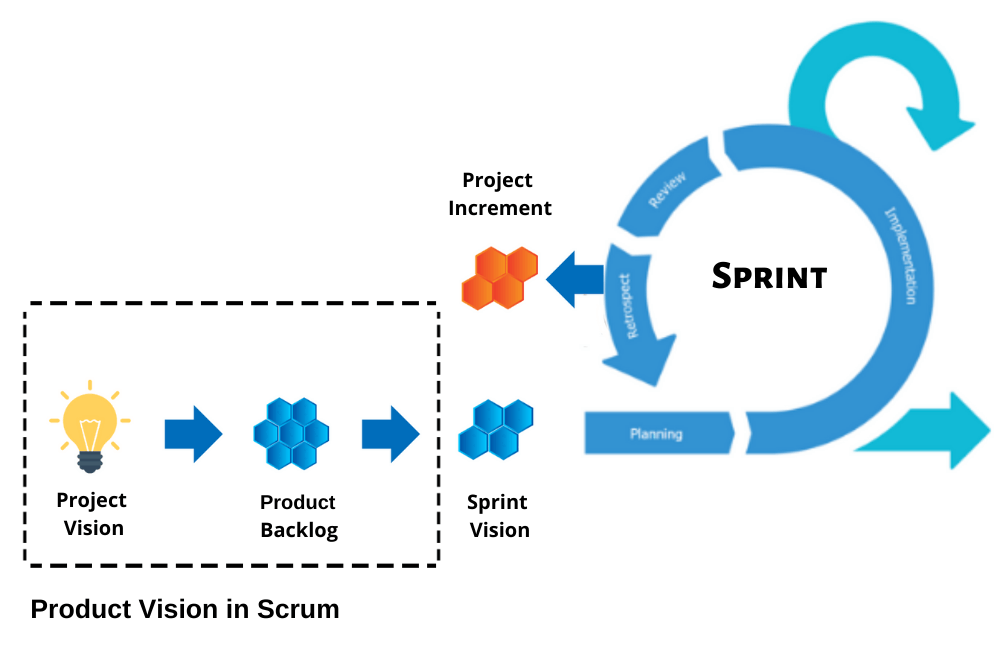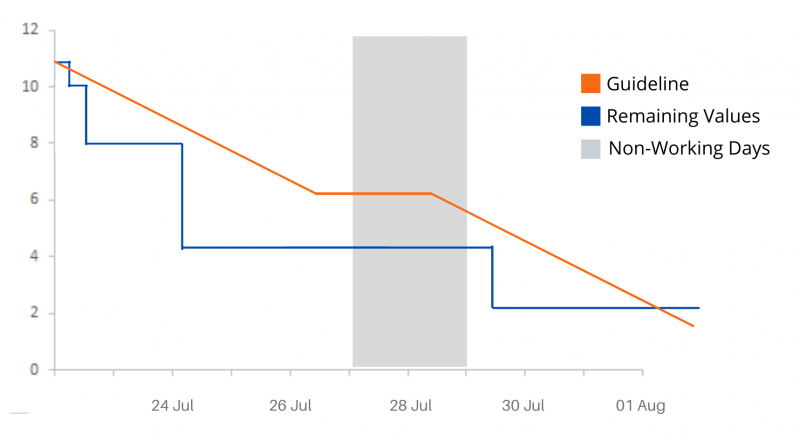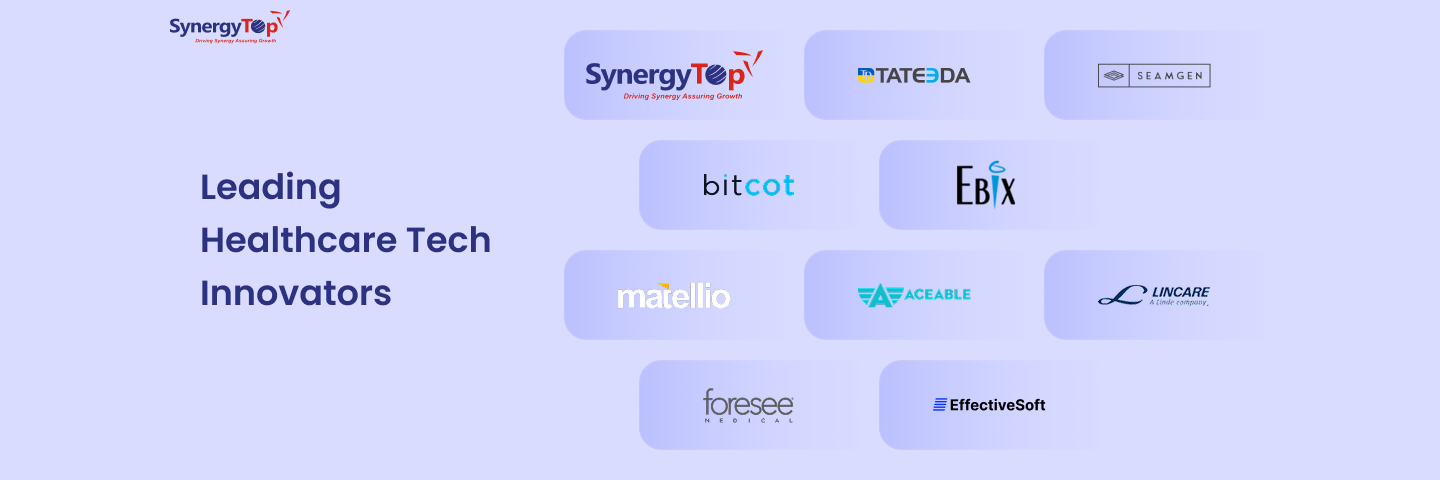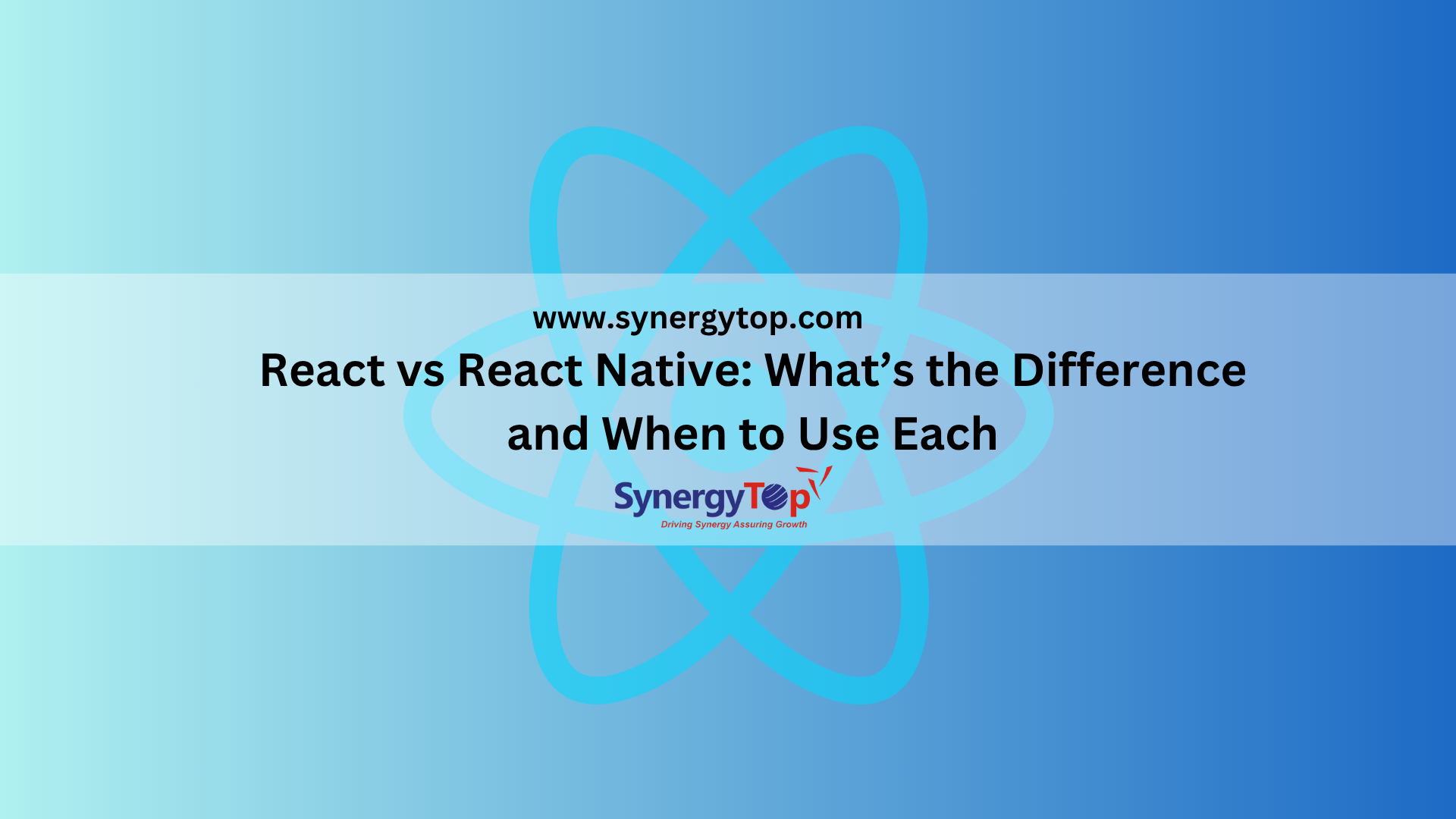Working with a new development partner can be tough. It’s hard to convey a business challenge to a team that has never worked with your company before. For development partnerships to succeed, they must be built on a solid ground of mutual understanding.
Clear communication, tracked progress, and an overarching vision is all crucial to communicate your goals to your offshore development team. Luckily, these are all an inherent part of the agile project management methodology.
This article covers three tips to keep in mind when you’re conveying your product idea to your development partner.
Choose to Invest in Agile Development
There’s a reason agile development is so popular — it’s a project management approach that works. It centers around one core vision of success to ensure that stakeholders’ needs are met by the end of the partnership.
Agile development allows teams to adjust continuously as the requirements and timeline changes. Through continuous sprints, the team adjusts its implementation tactics according to feedback. One goal, however, should never change.
The “vision statement,” established at the beginning of agile partnerships, is the consistent guiding light for all actions.

The project vision sets the direction of all actions. It outlines the company’s ultimate goal for its product, which usually includes how the solution will benefit stakeholders. The product owner writes that statement in conjunction with internal stakeholders. It drives the rest of the development team forward throughout the timeline.
The statement should:
- Identify the best possible outcome
- Be clear, specific, and realistic
- Align with greater corporate goals
All team members must have a copy of the vision statement for reference. This includes the developers, scrum master, and internal stakeholders. Agile teams will outline information about the target customer to determine where the future product will fit in.
The vision identifies how the product will be different from those of competitors. It also dives into why the customer will use it. When teams choose to work using an agile methodology, they’re more likely to transform an internal stakeholder’s vision into a reality. The vision statement will always point the way forward.
Communicate Frequently to Meet Deadlines & Overcome Obstacles
Setting the right tone for communication during your project will help you achieve your ideal product on time. Practicing goal-oriented conversations will be especially useful to keep your vendor on track. During an agile collaboration, you’ll work with the development team daily through a continuous stream of conversation. This way, you’ll see the product’s progress in real-time rather than hearing about it later.
This allows your team to pivot as soon as you notice their work strays from the original vision. Your team will strengthen their understanding of your ultimate goal as they hear your feedback throughout development.
Beyond day-to-day conversations, agile teams set aside time to discuss methods to optimize workflows. Afterward, the team will adapt their actions accordingly.
Your conversations will be driven by your end goal rather than a pre-defined, complex structure. Unexpected challenges are almost a guarantee when it comes to product development. This flexible approach to communication will ensure you’ll navigate those obstacles with your product vision in mind. Products are more likely to be delivered on-time when there’s a stream of ongoing communication that prioritizes the end goal.
Ensure You Track Productivity With Metrics
Adding on extra, unnecessary requirements stretches your project timeline. It’s called scope creep, and it’s one of the biggest dangers to achieving your ideal product. The best way to avoid scope creep is by tracking the growth of your product using metrics.
It’s essential to use a combination of productivity metrics and objectives that are specific to your end goals. There are a series of smaller objectives that must be met to accomplish your ultimate vision of success. These could include the features, look-and-feel, and functionality of the solution.
You should keep track of these objectives as the project progresses to ensure the team is putting their effort in the right direction. On the other hand, you also have to track how efficiently your team is managing their time. This way, you’ll know that the more productive your team is, the closer they’re getting to your ideal product vision.
A sprint burndown is a common way to track how efficiently a team is working. The X-axis represents time, and the y-axis represents how many tasks are left to complete.

Burndown Chart
The blue line signifies the number of tasks that should be remaining while the yellow line signifies the actual tasks remaining. Using this chart, you can tell if the team is consistently meeting their predicted productivity quota.
If your team is failing to meet their time-based metrics, it’s a sign there may be scope creep due to added requirements. Then, it’s time to re-communicate your vision statement. The metrics you’re tracking and your daily conversations with the team will combine to establish a concrete direction for the project.
Managers should use a combination of product goals and productivity metrics to ensure the resulting solution meets their expectations.
Convey Your Vision of Success Through Each Step of the Project
The main reason you hired a development partner was to create a product that would enhance your business. That overarching vision must be the driving force behind your entire engagement if you’re looking for a timely delivery.
To set a development team up for success, you should plan to use an Agile approach because it centers around an achievable vision statement. Then, you must communicate that vision frequently, and track the team’s progress toward concrete objectives.
This way, the team will deliver your product in time to service your stakeholders’ needs.
About SynergyTop
SynergyTop is a full-service digital commerce company based out of San Diego. We have a team of experienced and dedicated experts who are proficient in developing robust and high-performance web, mobile, software, and E-commerce solutions for our clients from across the world. We rely on cutting-edge technologies, our previous project experience, and an agile methodology to deliver bespoke solutions on time and within budget.
Visit our portfolio to check out our previously completed projects or email us at contact@synergytop.com to start the conversation about your project development needs.
About Author
Nicole Schlabach is a Content & Editorial Associate for Clutch, a B2B research, ratings, and reviews platform in Washington, D.C. Recognized as an Inc. 500 fastest-growing private company, Clutch helps businesses discover, vet, and partner with the best services and solutions providers for your needs.
















